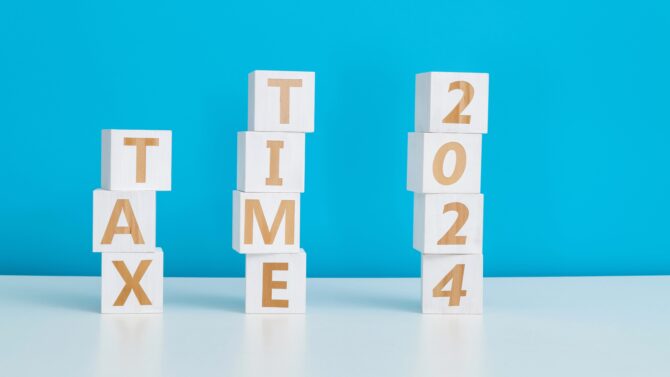
Secure Act 2.0, passed into law in late 2022, made some significant changes to catch-up contributions for upcoming tax years. For the purposes of this article, the word “year” will refer to an individual’s tax year, which, for the vast majority of us, is the calendar year.
Catch-up contributions have been around for several years now. They are a way for workers who are at least 50-years old to save amounts higher than the annual IRS maximums. For instance, in a 401(k) plan the IRS maximum (also called a 402(g) limit) is $22,500.00 for the year 2023. However, participants, who are catch-up eligible, can contribute up to an additional $7,500.00 in 2023. By using catch-up contributions, an employee who is 50 or older can defer up to $30,000.00 this year.
For plans that allow both pre-tax and Roth deferrals, catch-up contributions can be designated to go to either type of deferral. Pre-tax contributions are taken out of your paycheck before taxes, and therefore lower your taxable income now. Roth contributions are contributions which are made on an after-tax basis. This means employees will have payroll taxes withheld on the deferrals at the same time the contributions are made. The benefit to Roth deferrals has to do with the taxation on the way out of the plan. If the Roth funds are kept in the account until the participant is at least 59 ½ and the money has been in the account at least 5 years, the Roth contributions and associated earnings can be withdrawn tax free. This means you would never pay taxes on those earnings. For example, I put in $5,000.00 and used the Roth option. When it comes out of my paycheck, I paid taxes on it. Let’s say five years from now the Roth account is worth $6,000.00. Assuming I am at least 59 ½ years old and eligible to take a distribution, I can withdraw the entire $6,000.00 with no tax consequences.
The choice as to what type of deferral catch-up contributions go to is going to change for some workers. Beginning in the year 2026, any participant who earned above $145,000.00 in the prior year (adjusted for cost of living increases each year) will not be allowed to defer their catch-up contributions on a pre-tax basis. They will be required to have all catch-up contributions deferred on a Roth basis. So, if someone is 50 years old or older, and earns over $145,000.00 during 2025, there are three options for 2026.
- Defer all contributions as Roth both up to the IRS maximum and beyond
- Defer up to the IRS maximum as pre-tax and switch over to Roth for any catch-up contributions
- Defer only up to the IRS maximum as pre-tax contributions
Currently, not all 401(k) plans allow for Roth contributions. This will be problematic if there are participants at least 50 years old, who earn over the threshold who want to take advantage of catch-up contributions. A decision will have to be made to either allow for Roth contributions or not to allow catch-up contributions. An amendment to the plan will be necessary either way. Changes to the payroll system will need to be made if the decision to allow Roth is implemented.
Another important impending change regarding catch-up contributions, beginning with the year 2025, is participants who will attain ages 60, 61, 62 or 63 during the year will be able to contribute even higher additional contributions. The increase is equal to the greater of $10,000.00 or 150% of the catch-up limit for the current year. The catch-up limit will be adjusted for cost of living increases each year. Employees who will reach age 64 in 2025 will not be eligible for this increased catch-up. While this is a great benefit for those who are rapidly approaching retirement, it will be an additional burden on payroll offices to add filters to properly catch those employees who will be eligible for the additional amount and to eliminate anyone who would turn 64 in 2025.
As a final point, Congress mistakenly left out a part of the tax code when drafting Secure 2.0. As it is now written, no employees can make any types of catch-up contributions starting in 2024. It is anticipated that Congress will fix this error before the end of 2023.
With all these changes, participants may have many questions. Whether you are a Plan Sponsor or a participant, feel free to reach out to ML&R Wealth Management so we can assist you.



